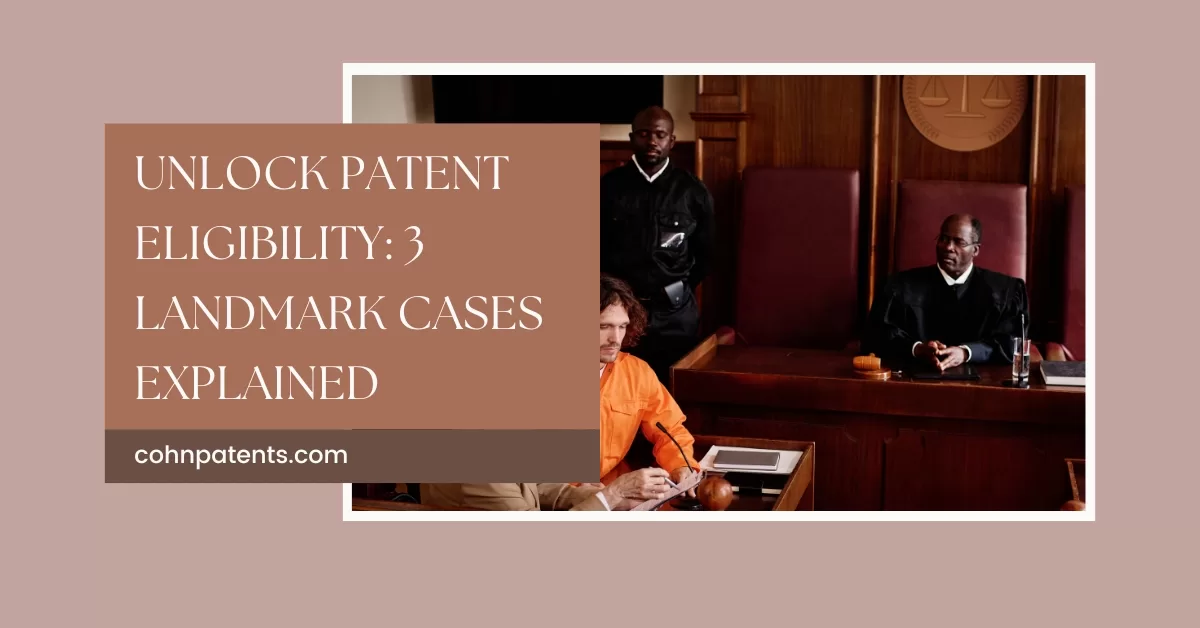Alice’s Impact on Patent Eligibility Criteria
Unlock and explore 3 landmark Supreme Court cases that define patent eligibility criteria—Bilski, Mayo, Alice—and discover what can be patented.
What The Courts Have Said
There are three main cases which the Supreme Court ruled in this issue:
CASE #1:
In Bilski of 2010, the Supreme Court held that claims to a method for commodities traders to lower the risk of price fluctuations was an abstract idea. Because the idea of hedging against risks is a common practice in our economy, it was ruled that an idea cannot be made patentable by limiting it to a particular field, such as commodities.
The Court held that the Federal Circuit Court of Appeals’ previous test for claims that appear directed to abstract ideas, the machine-or-transformation test (which requires a claimed method to be linked to a particular machine or to transform an article into something else in order to be patentable) is one test that can be used, but is not the sole test.
CASE #2:
In Mayo of 2012, the Supreme Court held that a method of increasing the dosage of drug in a patient if the concentration of the drug in the patient’s blood was below a certain level was an unpatentable law of nature. The Court emphasized that applying a law of nature to a particular field does not make it patentable. The Court also clarified that using a machine, such as a computer, to perform an abstract idea does not make the idea patentable. During its determination, the Court set forth a two-part test to determine whether a claimed invention is patent-eligible or falls within the exception.
First, a court must rule if the claim is directed to one of the categories of the exception. Second, if that is the case, then the court must decide whether the other elements of the claim transform the idea into an “inventive concept,” something more than an idea.
CASE #3:
In Alice of 2014, the Supreme Court held that a computerized method for limiting the settlement risk in two-party financial transactions, using a computer as a third party intermediary, was an unpatentable abstract idea. Similaqr to Bilski, this method was a fundamental economic practice. Unlike Bilski’s method, however, the claims in Alice Corp. required the use of a computer. The Court held that the use of a generic computer cannot make an abstract idea patentable.


